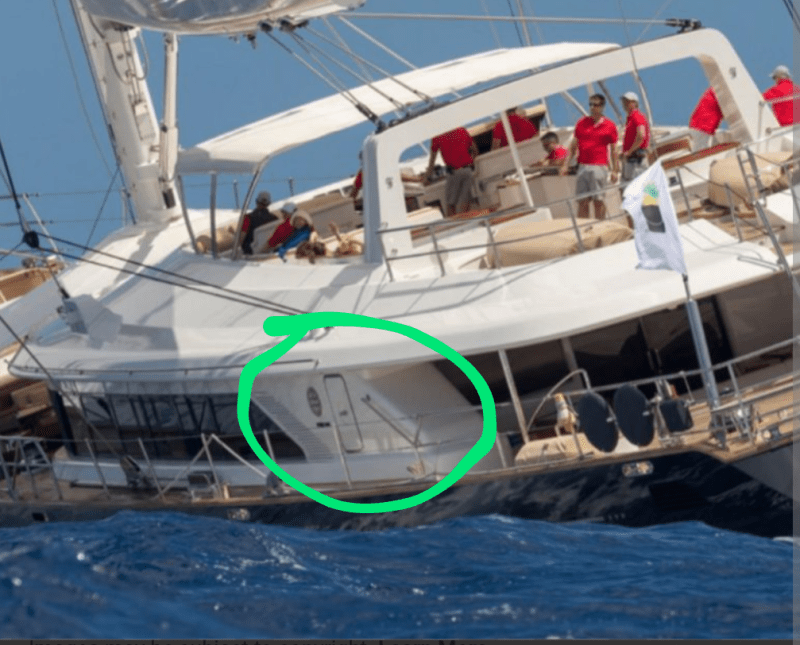Alistair_Heaton
Mechanical
This is hot news at the moment mainly due to who was killed.
Seemed to go down very quickly.
Follow along with the video below to see how to install our site as a web app on your home screen.
Note: This feature may not be available in some browsers.

But Mr Costantino, CEO of Italian Sea Group - which owns the company that built the ship - insisted it took 16 minutes from the moment the boat was caught by the wind and began dragging its anchor before it finally sank, which should have given the crew enough time to warn passengers.
A source briefed on the investigation, however, told Corriere della Sera that divers who went down to inspect the wreck found the mast in one piece, with the boat intact — its hull unbreached, its hatches closed, its windows in place.
There is only one reason why a boat sinks. It gets water in the people tank.
